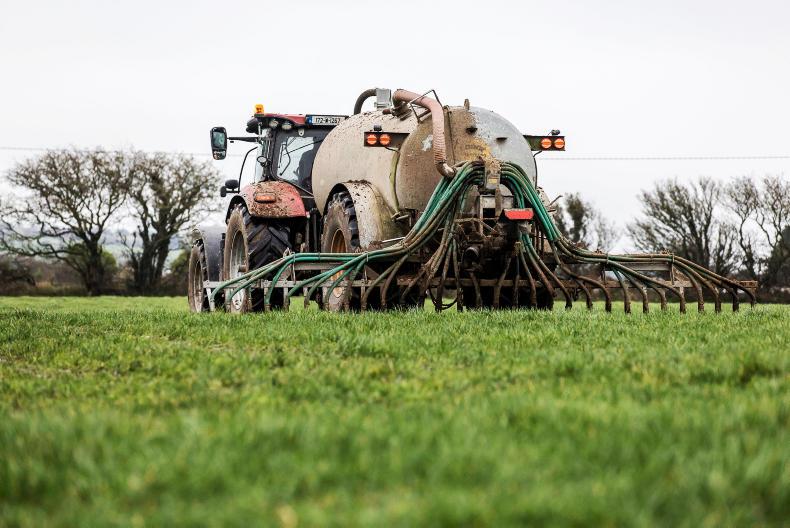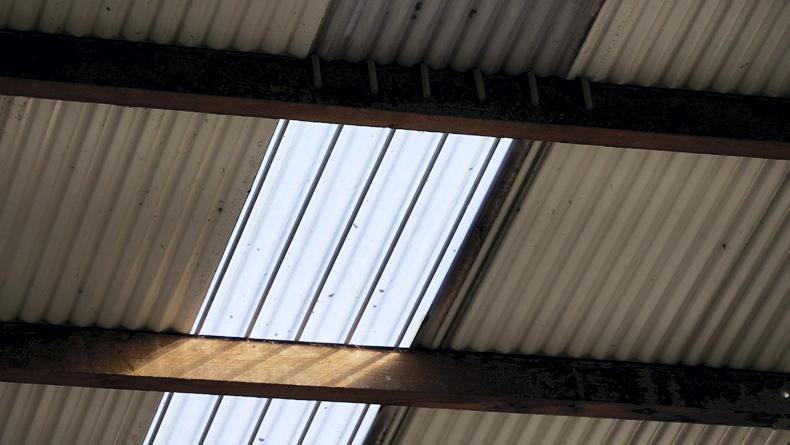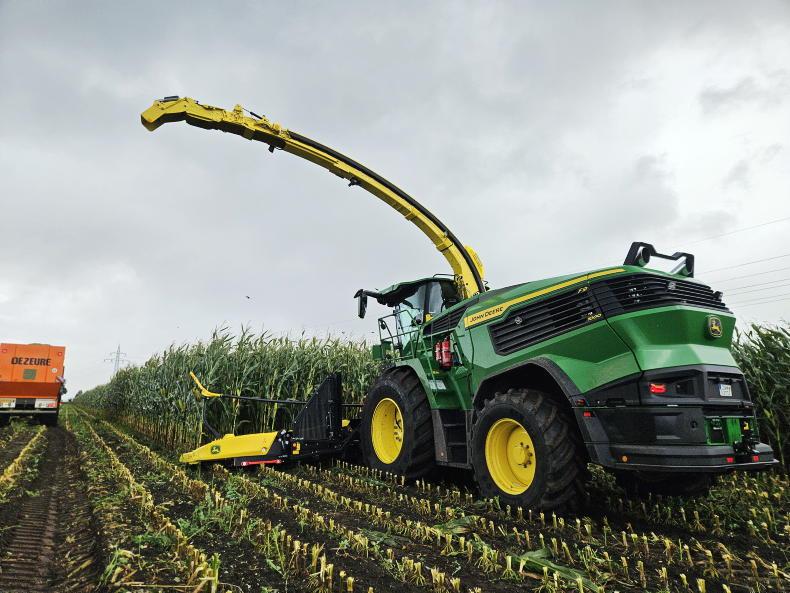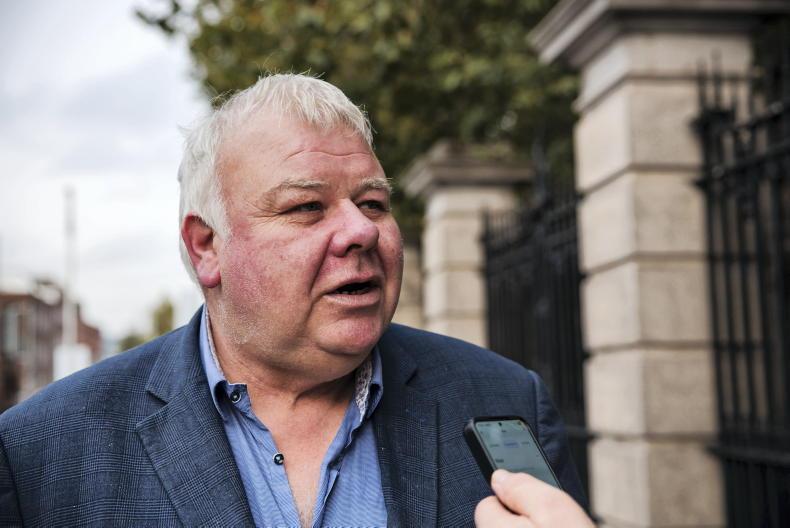Low-emission slurry spreading equipment (LESS) falls under the Targeted Agricultural Modernisation Scheme (TAMS II). As we all know too well, the days of the splash plate are numbered. The uptake on low-emission spreading equipment continues to rise.
Such equipment is now a requirement for farmers in derogation and farmers that have opted for LESS as a priority action in GLAS. Farmers are also making the switch when the grant aid is there and to reap the benefits of increased nitrogen uptake, at the same time reducing ammonia (NH3) losses. Research shows the N fertiliser replacement value of slurry increases by 10% to 20% by using LESS methods.
The TAMS II grant is available on retrofit dribble bars as well as new slurry tankers once fitted with one of the following LESS systems; dribble bars, trailing shoes and shallow disc injection systems. It is worth noting that currently dribble bars (band spreaders) are the only grant-eligible retrofit solution. Umbilical systems are also TAMS II eligible, this includes the base pump, hoses, reels, fittings and the LESS unit.
Below, we compare and contrast each of the different systems to help you make the decision on what suits your farm best. We also look at a study carried out by Teagasc which analyses each application system in terms of N availability, N recovery and the saving in euros that can be achieved using each of the LESS methods relative to the traditional splash plate.
Dribble bar
Dribble bars are the most common out of all the low-emission application systems. They are generally the cheapest to buy and run. From the macerator, slurry passes through the series of outlet hoses and is distributed on to the surface.
Upon analysing the study in Table 1, nitrogen recovery using a dribble bar method was 15% higher in both spring and summer than the traditional splash plate method. Meanwhile, there was an additional 13kg (spring) and 10kg (summer) of nitrogen available per ha by using the dribble bar method.
Dribble bars carry the least maintenance costs, seeing as they don’t come into contact with the ground. One thing to watch out for on all LESS systems is the hosing. Those in the market for a unit should check whether or not the hosing is UV rated.
Much of the cheaper hosing on the market isn’t UV-rated, and will eventually crack when left sitting in direct sunlight. Replacement UV rated hose will cost in the region of €6 plus VAT per metre. A unit with 24 outlets could have in the region of 80m of hose. A significant cost that can be easily overlooked when buying a new system.
Trailing shoe
The trailing shoe system is the next step on from the dribble bar. The coulter (shoe) separates the sward canopy and applies the slurry on to the soil surface, avoiding sward contamination. Each shoe has a downwards force placed on it to separate the sward and apply slurry at the soil surface. Benefits of a trailing shoe system include reduced leaf contamination, less losses of the slurry constituents’ values and reduced odour.
Trailing shoes and shallow injection systems given their complexity have higher running costs over dribble bars. Both systems make contact with the ground and therefore have wearing metal parts. Each outlet of a trailing shoe is fitted with a small replaceable metal shoe (hence its name).
Shoe lifespan is dependent on a number of variables, including the type of steel used in its manufacture, the downwards pressure applied on it during use and the ground conditions/soil type. These tips can last from one to seven years and cost from €25 to €50 plus VAT each to replace.
Shallow disc injection
Shallow disc injection is a process whereby a series of steel discs slit the ground to a depth of 20mm to 60mm deep. A coulter located behind the discs places slurry into the slits.
This way the slurry has the least amount of exposure to the air, reducing volatilization and smell while retaining as much nitrogen and ammonia possible.
Disc injection is not suitable for all Irish soils. In addition, this is the costliest system of the four methods listed. Injection systems also require significantly more pulling power as now it’s not only the tanker being pulled, but a set of discs must be pulled through the soil too.
Table 1 shows that direct injection of slurry had twice the amount of nitrogen recovery in spring and three times the recovery in summer than the splash plate. This equated to an additional 20kg of available N/ha in spring and an extra 23kg of available N/ha in summer.
Shallow disc injection systems are fitted with steel discs which will naturally wear over time. Once again, this is hugely dependent on quality and ground conditions. As can be seen from the table on page 7, only eight of these systems have been sold through TAMS, so little is known on its wearing capabilities in Irish conditions. The Hardox tip and cutting disc will set you back €100 to €120 plus VAT per outlet. A full set of discs (22 on a typical 6.2m unit) will cost a pretty penny.
How practical are these ‘low emission’ systems for small farms?
The big question farmers need to ask themselves is whether it justifies for them to make such an investment. Even looking at retrofitting an entry-level dribble bar, farmers are going to have to part with give or take €12,000 plus VAT. The cost of fitting will outweigh the potential yield benefits for a number of years, even if a grant is obtained.
If in derogation and a LESS application system is a must, there is an abundance of contractors equipped with such machines. Like any decision when it comes to mechanisation, the contractor is often the best option and may work out cheaper in the long run.
As farmers move away from the splash plate, each step up, from a dribble bar to a trailing shoe to a disc injector, requires a more skilled operator. When using any of the LESS equipment the operator has to be aware of the additional height, width and length of the machine. The use of trailing shoe and injector systems require an even more competent operator as these machines need to be raised up before reversing every time, or otherwise costly damage can be done.
Running costs
Although LESS application systems bring about added nutritional benefits, they also bring about higher maintenance and running costs than the conventional splash plate.
Every LESS system is fitted with a macerator. This is essentially a distribution and chopping chamber to cut up fibrous materials in the slurry, before being distributed down the small outlet hoses. Overtime, these units will require maintenance and upkeep. Wearing parts include the cutter plate, knives and springs, etc.
These units have no particular service interval, like machine implements, it all comes down to the type and quantity of slurry running through the macerator. Service costs will vary between manufacturers but would be about €900 to €1,200 plus VAT every five to seven years.
Those looking to purchase a LESS system should seek a macerator with auto reverse – this will reduce service costs almost by half, simply because the blades and cutter plate will wear evenly. Stones are probably the biggest issue for macerators. If considering specifications for a new tanker with a LESS system, it’s advisable to seek a stone trap in the tanker in addition to the stone trap in the macerator. One tip that will help with the longevity of a macerator is that you should run a load of water through it when finished. If not, slurry will stick to and coat all aspects of the macerator, prohibiting the required pressure to build up when it comes to spreading.









SHARING OPTIONS